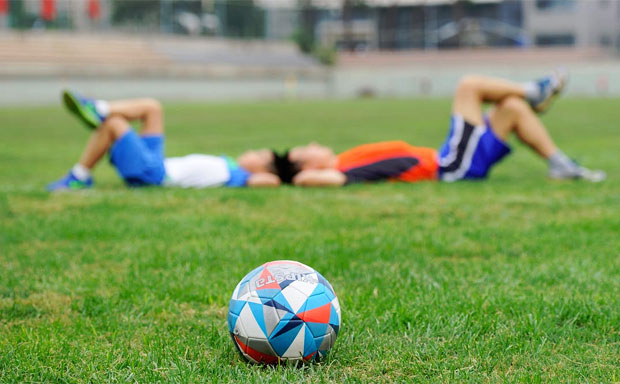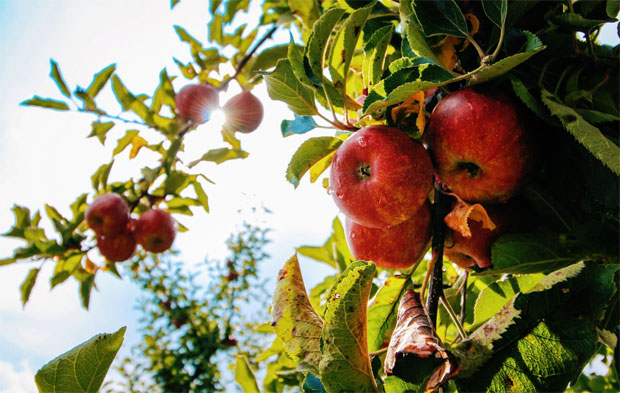How to Balance Diet and Sports for Your Kids

How to Balance Diet and Sports for Your Kids
Sports are a major part of many children’s lives. We want our children to be healthy, but many parents find this difficult. There are a lot of foods that are processed to make it easy for the parents who are on the move, but there are so many additives in these, that it often offsets what nutritional value the child is consuming. How can we balance our children diets well, especially when they’re doing a lot of physical activities?
- Teach your kids – Don’t just make demands
Some of the most wonderful parents in the world have this one issue to deal with. You know that everything you do is for the health and well-being of your child. They are your main priority and you are diligent in their care. But when your child wants something that is not good for him or her, you simply say “No, that’s not good for you!” This is the end of the conversation and the child looks at his or her friends who are eating the treats that are off limits to them, and they wonder, why is it not good for me but it’s good for them? Sometimes they assume you are just being mean to them. Sometimes they wonder what is wrong with them. This is something you want to avoid.
Instead, try to teach your child about balance and that a healthy diet can include some treats too. There are even specialist shops that lets you order sweet delivery such as Sweet Services with treats for dietary requirements such as sugar-free, fat-free, gluten-free, Kosher and allergy friendly options.
It’s a good idea to have some healthier treats available that you are happy for your child to eat and can offer them when you want to give them something special.
Communication is very important and having age-appropriate conversations with your child about healthy eating and living is a good idea. Even toddlers can understand that eating too many sweets are not good for you. When they’re a bit older, they can handle and understand more information and the fact that what they eat affects their health and sports performance.
Continue to educate your child as they grow. Explain how sugar, carbs, fats, and protein are the fuel they need to excel in the sport they have chosen and how these should be balanced for optimal health.
Never tell a child that they are too fat or too thin and never make them feel that how they look is the issue. Always focus on how food performs, and keep it positive. If the child brings up their size, ask them if it makes them uncomfortable, then using the food training tools they have been learning to adjust their diet until they are comfortable, if needed.
Your child will learn to listen to their body and the messaged it sends them and if well-informed, they will hopefully make the right decisions to stay healthy and fit.
- 90% – 10%
All people indulge in things that are not healthy from time to time. Even great athletes will sometimes treat themselves and this is a good thing. It is self-rewarding and it shows that they are in control of what they do, and they can handle whatever comes their way. Many at athletes use the 90% – 10% rule. This means 90% of the time they stay on track and eat correctly. But they allow themselves a 10% window. That might mean having treats when a craving hits them. It might mean pizza and beer once a month or so. Whatever it is, it is absolutely fine because it is figured into their diet.
For non-athletes, a 80% – 20% balance might be more achievable but for good health, the balance and the treats need to be monitored.
- Parents
Keep teaching and setting a good example for your child and he or she will grow into a healthy person who might someday teach the same lessons to your grandchildren. Making healthy choices as a family is always a good idea and will make it easier for everyone.
Guest Article.




